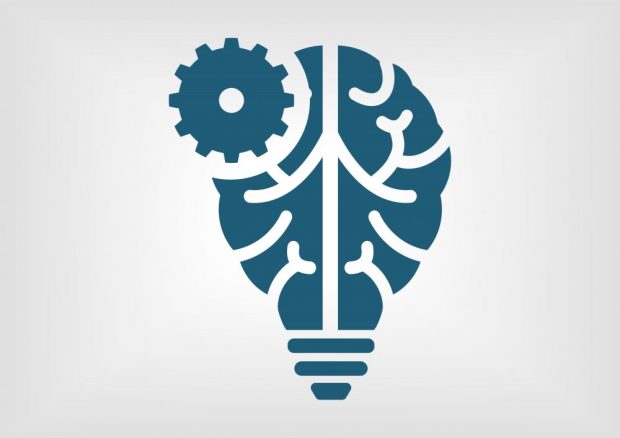Target Puts Machine Learning Toward Unification

The latest push in omnichannel retail transformation is toward unification, merging channels in various ways in an attempt to create a seamless, frictionless consumer shopping experience.
Target, for one, continues to innovate and update its omnichannel experience leveraging the latest technological capabilities available. At eTail West 2017, said Chain Store Age, the major U.S. discount retailer reportedly discussed its latest initiative to optimize its various digital touchpoints by using machine learning.
As of now, shoppers are reportedly able to interact with Target through five key channels: desktop and mobile web, Target’s mobile app, the Cartwheel app, as well as the retailer’s approximately 1,800 physical store locations.
“The only way to prepare for the future is to understand customer demand. We need to tailor assortments to individual shoppers’ needs and make sure merchandise is available both digitally and in-store,” Meghna Sinha, senior director of enterprise data analytics and business intelligence at Target, was quoted as saying at eTail West. “To do so, we needed a single view of the shopper. Looking at total store and enterprise sales wasn’t enough. We needed to dig deeper if we wanted to understand how they visit us and make decisions ”
While Target pushes forward in understanding its consumer and how they interact with its various channels, the national discount retail chain had to close down some of its other long-term innovation projects earlier this year. In February, Target put a hold both on Goldfish, its internal startup, as well as its “Store of the Future” initiative.
Goldfish was set to become a marketplace where retailers could list goods for sale inside Target stores following a beta test. “Store of the Future” wasTarget’s part-showroom/part-warehouse concept, where robots would select items for customers to pick up at their leisure.
Most of the executives working on both projects were reportedly unsure as to why they were shut down. The theory is — for the “Store of the Future”, anyway — that maintenance cost to upkeep robots may have outweighed Target’s projected profits.
